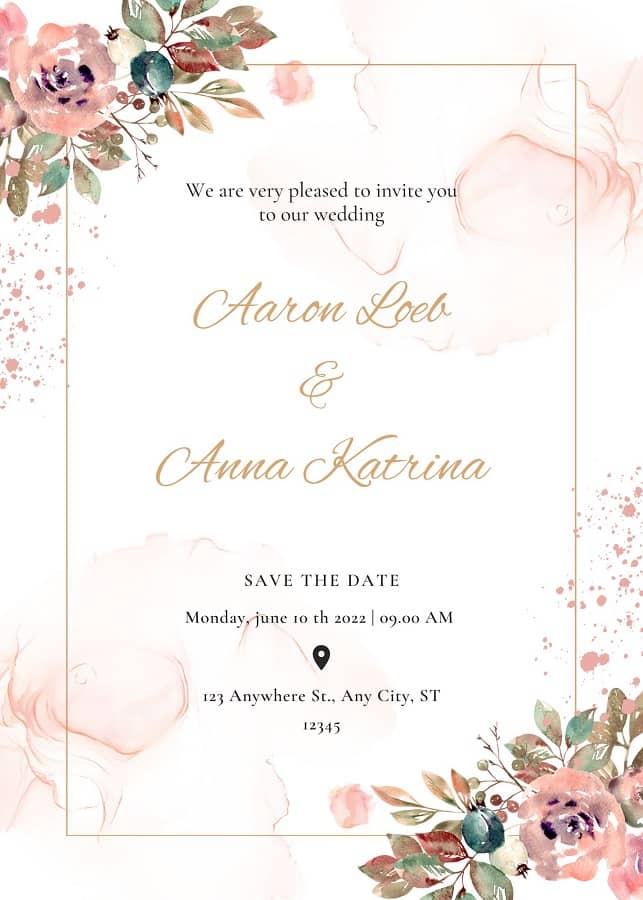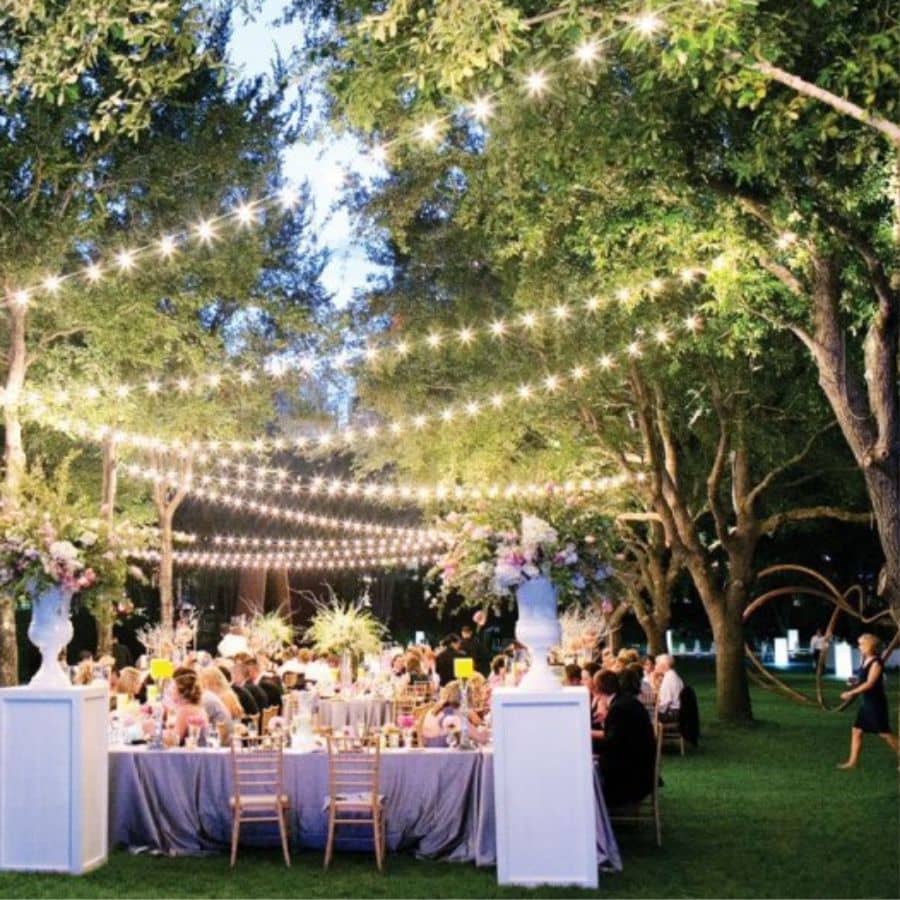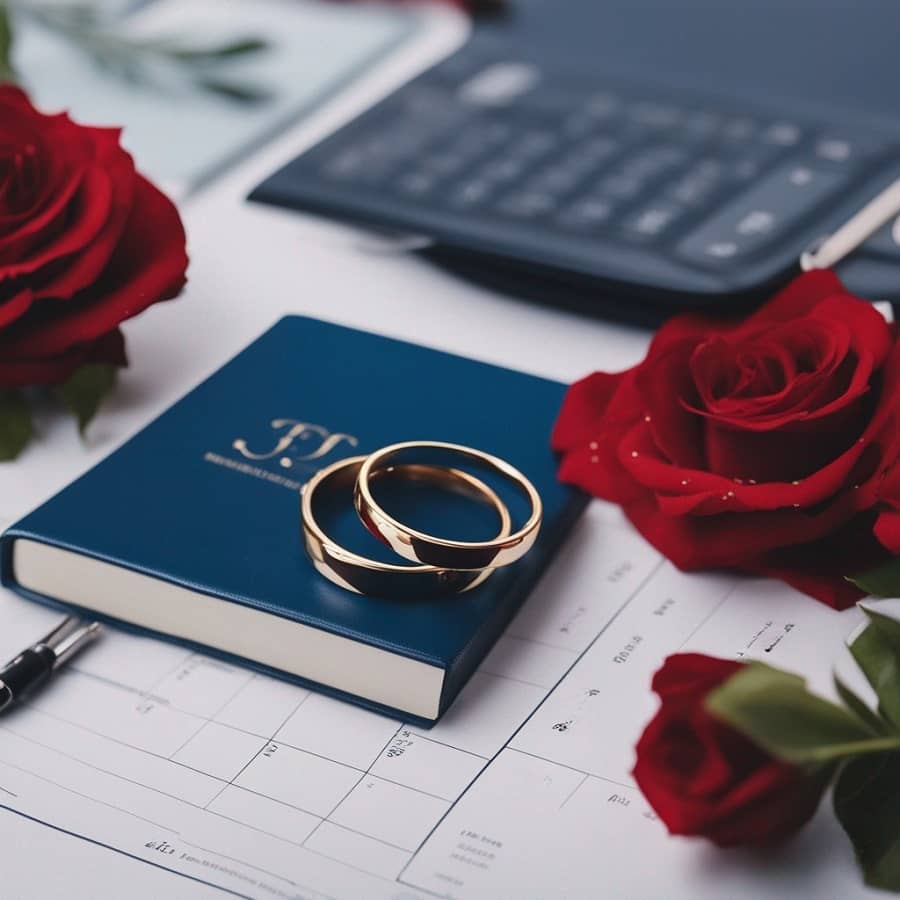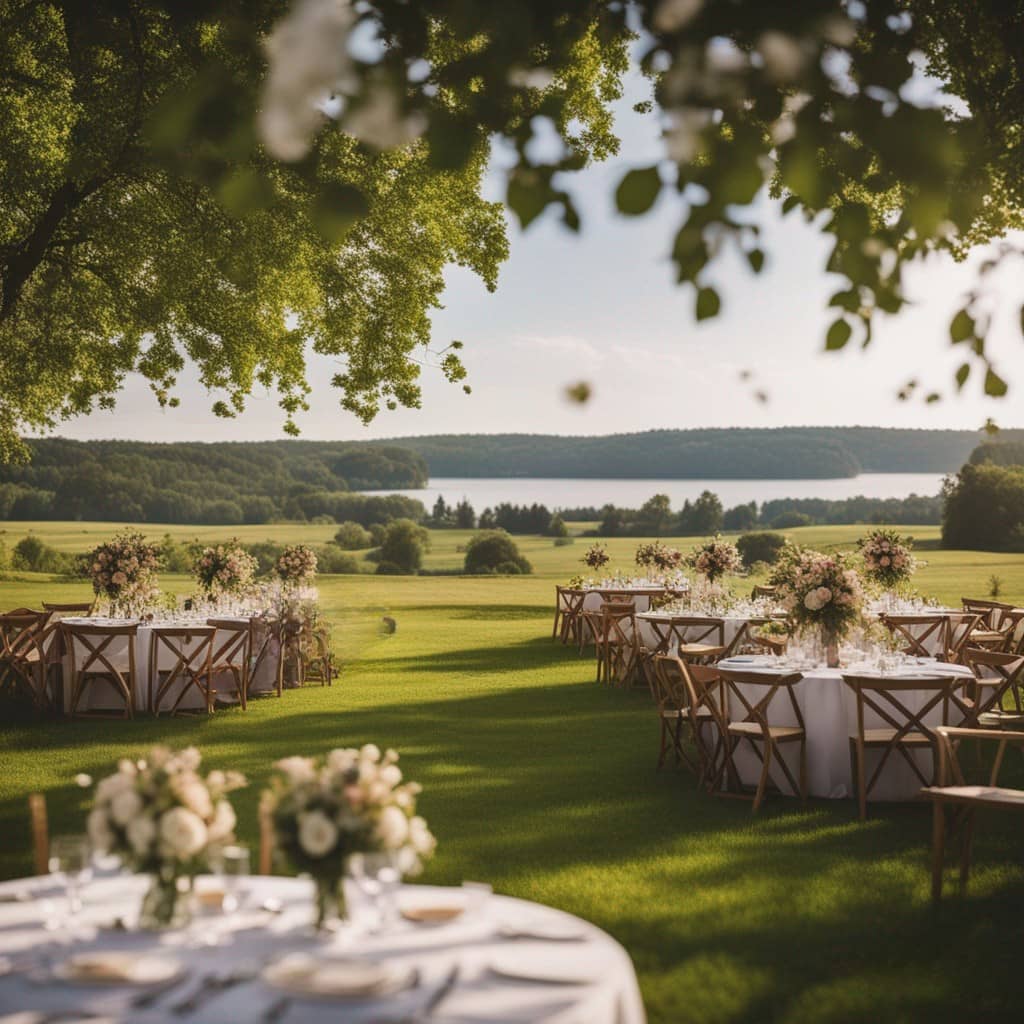A well-structured wedding day timeline is like the conductor’s baton in an orchestra, ensuring that every element of your special day harmonizes beautifully. Whether you’re planning a grand affair or an intimate gathering, creating a wedding day timeline is crucial to keep things organized and stress-free. In this step-by-step guide, we’ll walk you through the process of crafting a wedding day timeline that will make your day run smoothly and allow you to savor every moment.
Step 1: Start Early
Begin creating your wedding day timeline as early as possible. Ideally, this should be done several months before the big day. This will give you ample time to make decisions and adjustments as needed.
Step 2: List the Key Events
Make a list of all the key events that will take place on your wedding day. This typically includes:
- Ceremony
- Cocktail Hour
- Reception
- Special Dances (First Dance, Parent Dances)
- Toasts
- Cake Cutting
- Bouquet and Garter Toss
- Photography Sessions (Pre-ceremony, Post-ceremony)
Step 3: Determine Event Durations
Estimate how long each event will take. This will depend on various factors, such as the size of your guest list, the complexity of your ceremony, and the number of speeches or toasts.
Step 4: Work Backwards from the Ceremony Time
Start your timeline with the ceremony time, as this is typically the non-negotiable centerpiece of your day. Work backward to determine when other events will occur. For example:
- If your ceremony is at 4:00 PM and you want a cocktail hour immediately afterward, schedule the cocktail hour for 4:30 PM.
- If you plan to have a reception that starts right after the cocktail hour, set the reception start time for 6:00 PM.
Step 5: Include Buffer Time
Wedding days rarely run without a hitch, so it’s wise to include buffer time between events. This cushion allows for unexpected delays, such as late arrivals or extended toasts.
Step 6: Communicate with Vendors
Reach out to your vendors, including the photographer, caterer, and DJ or band, to discuss your timeline. They can provide valuable input and ensure that their schedules align with yours.
Step 7: Create a Visual Timeline
Put your timeline into a visual format, such as a spreadsheet or a wedding planning app. This will make it easier to visualize and share with your bridal party and vendors.
Step 8: Share with Your Bridal Party
Make sure your bridal party is aware of the timeline, especially if they need to be at certain locations at specific times. Assign someone (a bridesmaid or groomsman, for instance) to help keep everyone on track.
Step 9: Be Flexible
While a timeline is essential, it’s also essential to be flexible. Unexpected things can happen, and you should be prepared to adapt as needed. Delegate someone (like a wedding planner or a trusted friend) to make on-the-spot decisions if necessary.
Step 10: Enjoy Your Day
Once your wedding day arrives, trust in the timeline you’ve created and focus on enjoying the moment. Remember, this day is about celebrating your love, and a well-organized timeline ensures that you can savor every precious minute.
In conclusion, creating a wedding day timeline is a crucial part of wedding planning. It helps you stay organized, ensures that everyone is on the same page, and allows you to relax and enjoy your special day to the fullest. By following these steps and being prepared for the unexpected, you can create a timeline that sets the stage for a perfect wedding day.




